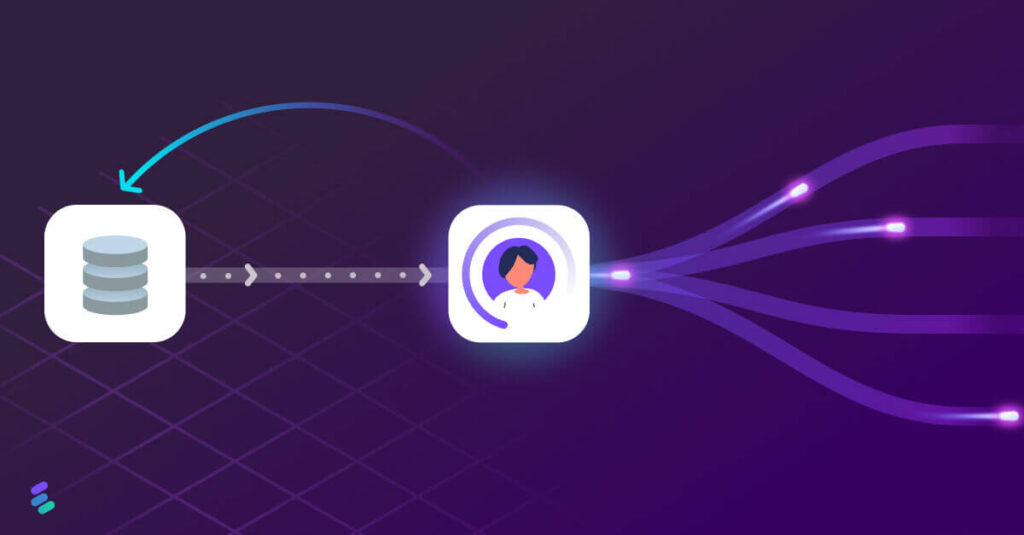
Introduction:
In the world of data-driven marketing, businesses are constantly searching for ways to extract valuable insights from their data. One emerging concept that can help marketers in this endeavor is Reverse ETL (Extract, Transform, Load). In this blog post, we will provide a crisp and clear guide to help marketing teams understand what Reverse ETL is all about and how it can benefit their efforts.
Understanding Reverse ETL:
Reverse ETL is a process that enables businesses to move data from their analytics or data warehouse systems back into operational systems such as CRM platforms or email marketing tools. Traditionally, Extract, Transform, Load (ETL) processes were used to extract data from various sources and load it into a central repository for analysis. However, with the rise of real-time decision-making and personalized customer experiences, there arose a need to push insights derived from analytics back into operational systems.
Benefits of Reverse ETL for Marketing Teams:
- Real-Time Personalization: By implementing Reverse ETL processes, marketing teams can ensure that the latest customer insights are immediately available within their operational systems. This allows them to personalize interactions based on up-to-date information.
- Improved Customer Engagement: With access to real-time analytics through reverse ETL, marketers can gain deeper insights into customer behavior and preferences. Armed with this knowledge at the right time in their operational tools like CRMs or email marketing platforms helps them deliver more targeted campaigns resulting in higher engagement rates.
- Enhanced Marketing Automation: Integrating analytical findings obtained through reverse ETL with automation workflows empowers marketers to trigger personalized communications based on specific actions or events captured by analytical tools.
- Streamlined Data Management: By automating the flow of relevant data between different systems using reverse ETL pipelines or connectors specially designed for these purposes; marketers reduce manual effort spent on extracting and transforming datasets manually while ensuring accurate data transfer across platforms.
Implementing Reverse ETL:
To implement reverse ETL effectively, marketing teams can explore various software solutions and tools available in the market. These tools offer user-friendly interfaces, pre-built connectors, and automation capabilities to simplify data extraction from analytics systems and integration into operational platforms.
Conclusion:
Reverse ETL is a powerful concept that empowers marketing teams to harness the value of real-time insights derived from their analytical efforts. By using this process to push relevant data back into operational systems, marketers can deliver personalized experiences, drive engagement, automate campaigns efficiently while streamlining their overall data management practices. Embracing reverse ETL can provide businesses with a competitive edge in today’s dynamic marketing landscape by leveraging the power of data-driven decision-making.
